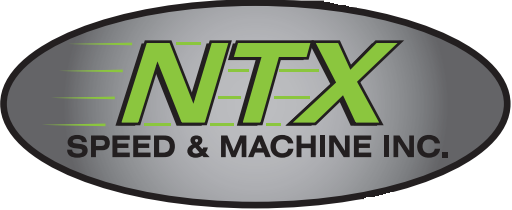Even though an engine has recently been rebuilt/remanufactured it is not invincible. There are so many small things that can easily damage that new engine within a few minutes:
Cooling system malfunction, which could be caused by clogged radiator, failed thermostat, failed water pump, ruptured hose, etc... Properly flush that radiator and heater core, replace all questionable hoses, replace the thermostat/s, and replace that water pump too.
Oiling system. Most engines keep all of the oil within the engine, but there are more than a few that utilize external oil coolers, which may either be water to oil or air to oil. Either way if the cooler is clogged on the oil side it will most certainly restrict oil to the bearings. If that engine's initial failure was oil related then all of that material was pumped and lodged in the cooler's passages. And, even if that engine had no issues with the oil system would you really want to install such an important part onto a new engine. Replace the cooler.
Air/Fuel Control Systems. Engines can be damaged by things as simple as a contaminated sensor. MAF sensors that utilize a hot wire to calculate air mass are prone to contamination, because there is hot wire that is a "magnet" to debris. If this wire becomes contaminated that MAF sensor could send false values to the ECM, and those false values could cause the engine to run perpetually lean. Lean conditions have a tendency to overheat the valves and allow them to stretch.
Emission systems. EGR is another system that can easily cause damage to a newly rebuilt engine. If an EGR system uses a valve position sensor instead of a flow sensor it can cause a lean condition. Imagine an ECM that commands the valve to open, the valve may move to the open position, but the passages are clogged; therefore no flow actually happens. Now the ECM assumes that EGR flow is present so it begins to reduce fuel trims to compensate for the smaller amount of new air entering the cylinders. But, if the EGR flow is nonexistent then the engine is still receiving that air; therefore it will produce a lean condition and like above may overheat valves.
Ignition timing. It's a simple procedure that many people assume they know how to do. But, too many engines are damaged due to overly advanced timing. Installing a distributor can vary in difficulty, from idiot proof cam flange types to a little more involved cam gear to distributor gear driven types. The latter requires the installer to first properly identify #1 TDC then install the distributor with the rotor pointing at the #1 position on the CAP no the actual cylinder. After that, too many people don't ever properly set the actual base timing which might be as simple as removing a vacuum hose, loosening a bolt, and turning the distributor all while aiming a timing light at the balancer to watch the flashes. Incorrect ignition timing can cause some pretty major damage such as melted head gasket, melted pistons, or spark plug deterioration. The spark plug coming apart isn't a huge issue until that hard ceramic falls into the cylinder. Overly advanced timing can easily increase combustion temperatures above the melting point of aluminum and head gasket firing rings and it doesn't take much time at all. Below is an example of overly advanced timing which thankfully damaged the head gasket and not the pistons.
So when replacing an engine you or the installer must determine what caused the initial failure. If the oil cooler was clogged and caused bearing damage, you can rebuild the engine and install it, but you will not fix the whole problem until you replace the "causal part". Assess the condition of each item to be installed on the new engine and determine if it needs to be replaced or repaired. And, once the engine is in be sure to adjust idle speed (if necessary) and ignition timing.
Matt W.
North Texas Speed and Machine.
P.S. Don't forget all new filters. Oil, fuel, and PCV


No comments:
Post a Comment